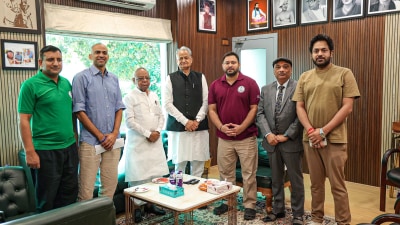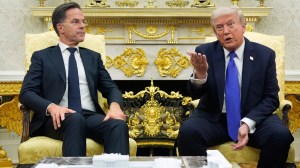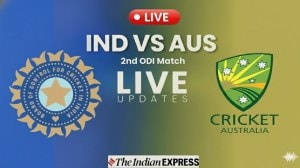NAM game
The Non-Aligned Movement was a product of the Cold War. While some countries opted to take sides in the conflict between the “capitalis...

The Non-Aligned Movement was a product of the Cold War. While some countries opted to take sides in the conflict between the “capitalist” West and the “socialist” East, many other countries, often “mixed” economies, opted to remain non-aligned. With the end of the Cold War, many assumed non-alignment would lose its relevance and NAM would fade away. Interestingly, it has bounced back.
Is it an anachronism sustained by a clutch of marginal powers unwilling to accept the reality of a uni-polar world? Not necessarily. True, “non-alignment” is no longer a “movement” and in that sense NAM needs a new name. Perhaps a Non-Aligned Association! However, given the composition of the group, with a predominance of developing countries, it could still play a useful role as a platform for voicing grievances about globalisation and the inequities of a global economic order. In the World Trade Organisation, for instance, NAM member countries have from time to time come together to take a unified view on certain issues. More importantly, NAM could be one more platform in a multipolar world that provides an opportunity for groups of countries to meet and discuss issues of mutual interest.
Critics of NAM often forget how many out-dated plurilateral groups still continue to meet due to some felt need of members countries. The G-7, for example, is one such anachronism. An association that has Italy and Canada on it but no China or India, G-7 is as much of an irrelevance as NAM. Yet, if associations like these continue to meet a decade after the end of the Cold War it is largely on account of the fact that the post-Cold War world may be “unipolar” but is evolving in the direction of “multipolarity” and different countries use different forums to pursue different objectives. Apart from G-7 and the Commonwealth, look at all the other international or plurilateral groups that continue to meet — the Cairns group, the Organisation of Islamic Countries, the Organisation of African Unity, North Atlantic Treaty Organisation (today an anachronism that stares us in the face!), and so on. So why not NAM? This said, no one should imagine that NAM is any longer a “movement”, nor does it have a coherent and united worldview on the emerging multipolar world. It is a useful talking shop for the lesser powers and that is precisely how it should be viewed.



- 01
- 02
- 03
- 04
- 05




























